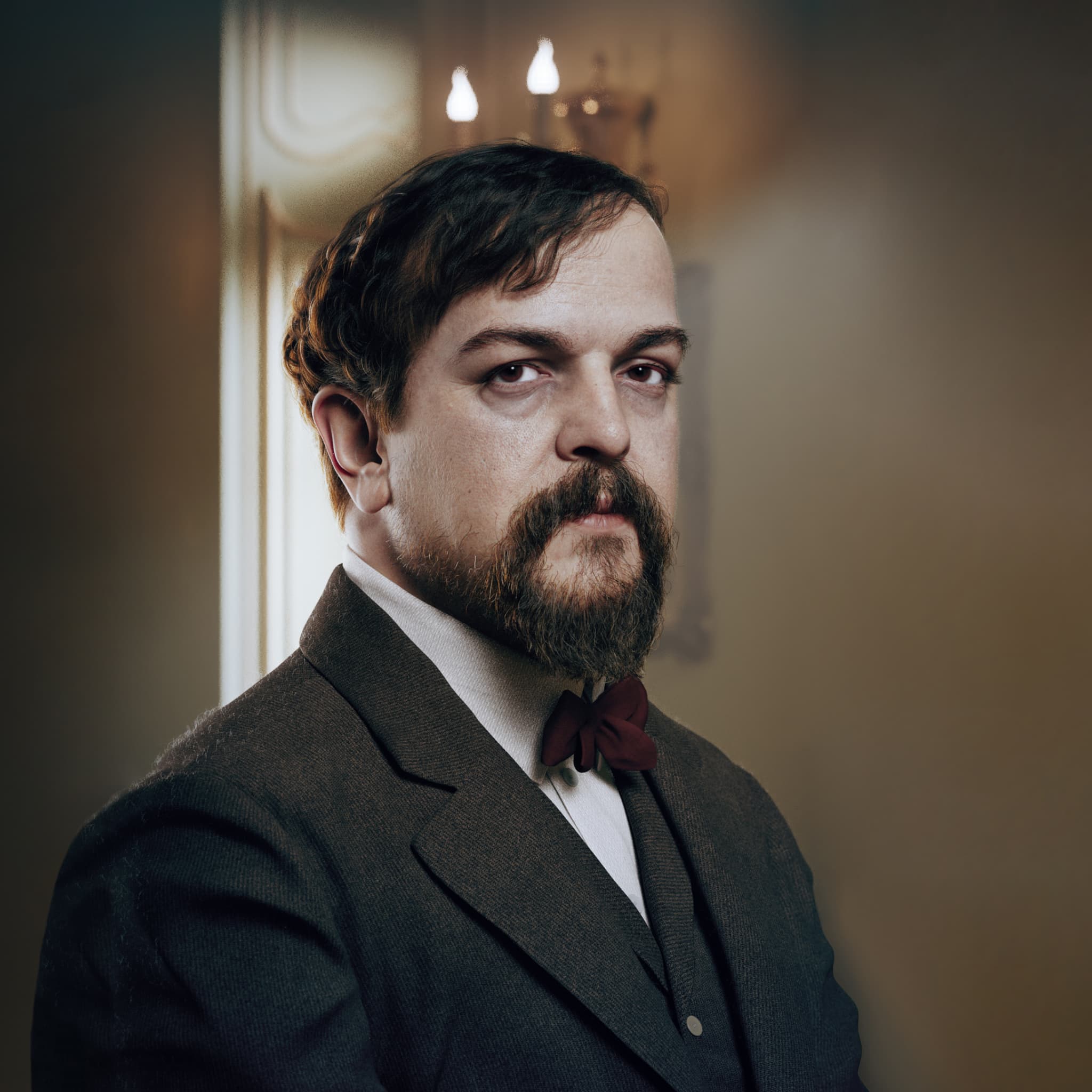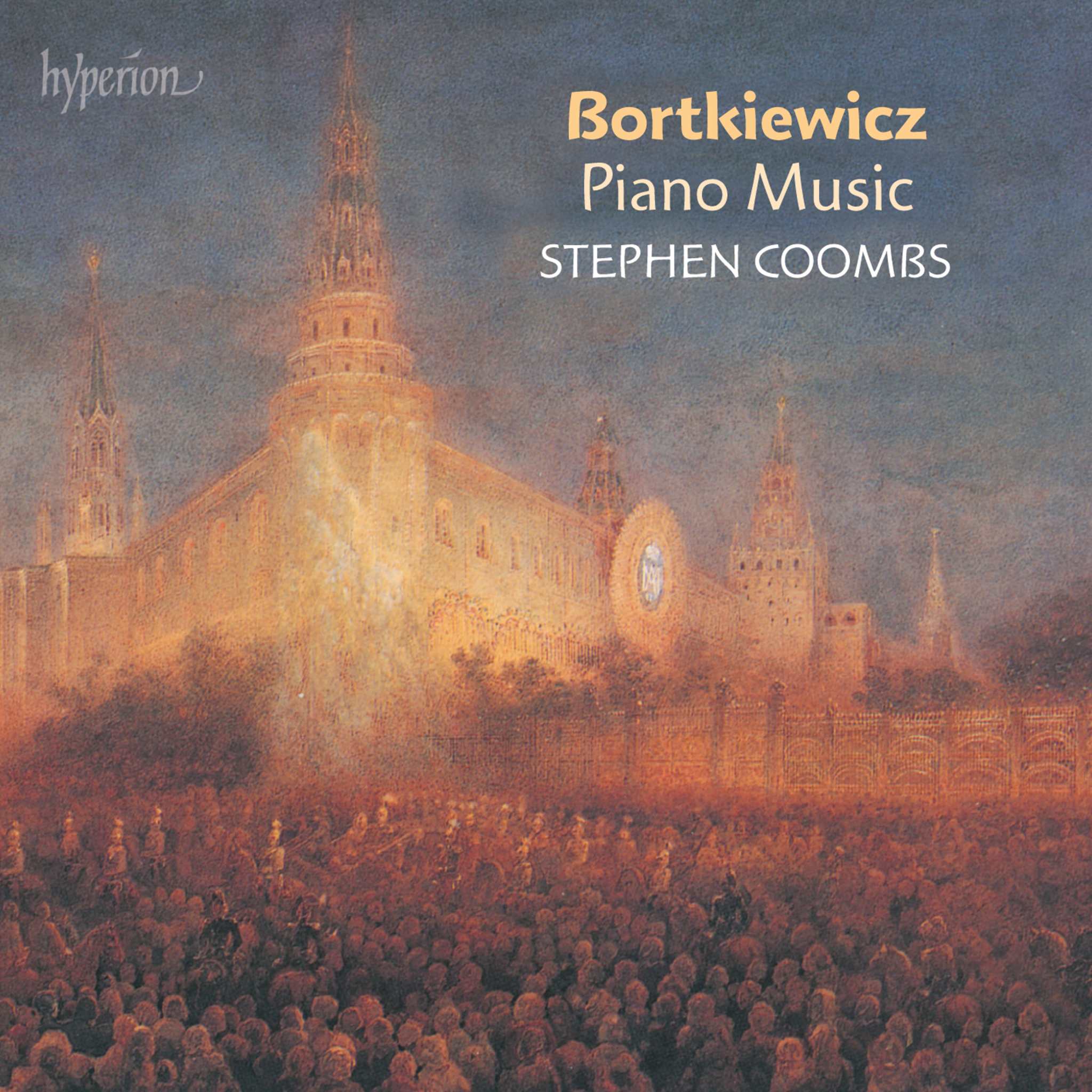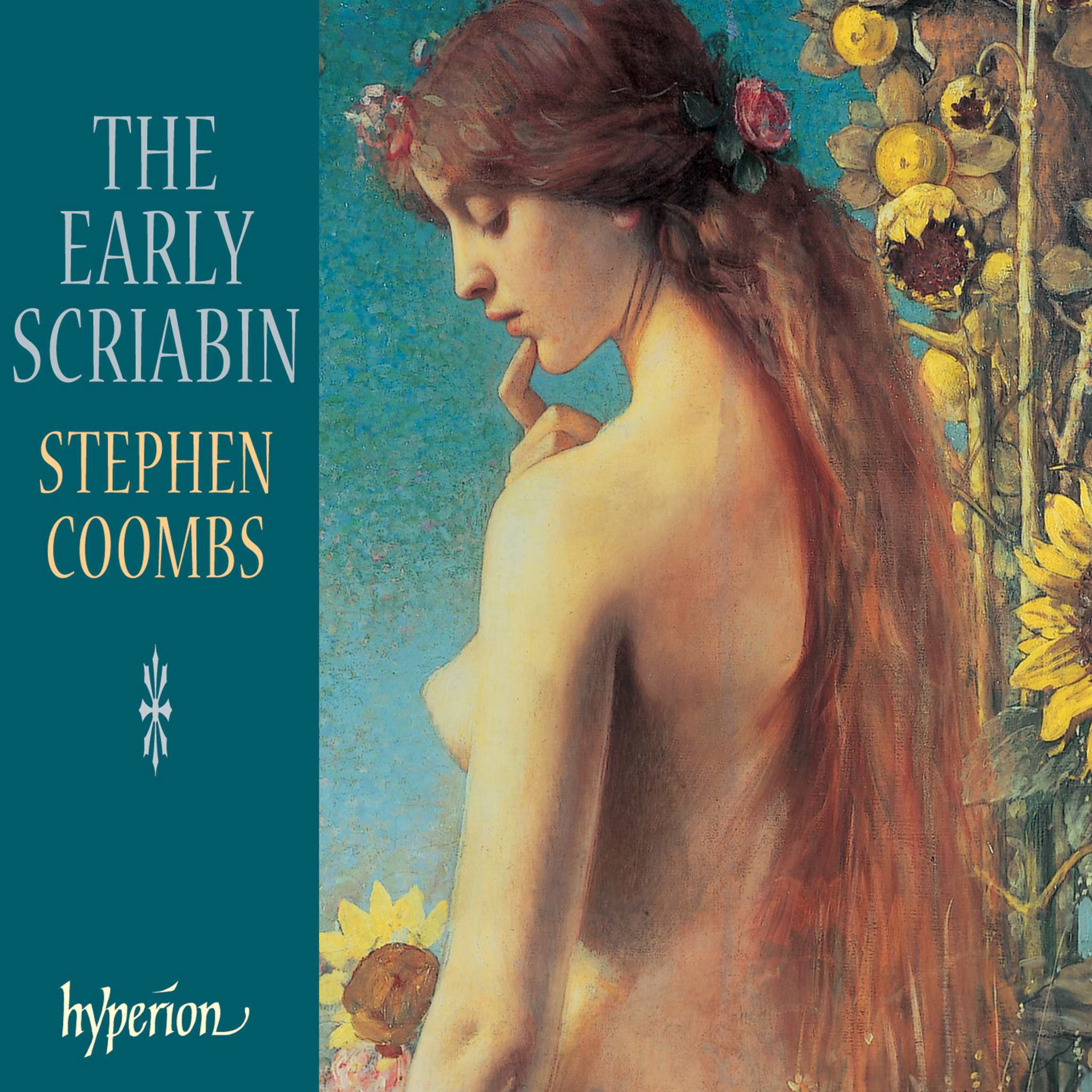Album insights
Schubert and Chopin, two brilliant musicians who shared many commonalities. Both were ultimately tragic figures who passed away in their thirties, dwelling in the shadow of death during their final years. They exhibited remarkable creativity, mastering small musical forms and pushing the boundaries of musical genres. Schubert excelled in composing songs, while Chopin redefined piano music. Their melodic gifts secured them a special place in the hearts of music enthusiasts. Despite these similarities, the two differed significantly in other aspects. Schubert was a bohemian, not worldly, and masterful in form but lacking commercial success. In contrast, Chopin was a fashionable dandy and revered pianist dedicated solely to composing for the piano. One may wonder if they would have had much to discuss had they ever met.
Nevertheless, fate prevented their meeting. Schubert's untimely death in Vienna at 31 years old dashed any chances of a meeting. Chopin, entering the musical scene a year later in Vienna at age 19, captivated the audience as a gifted Polish talent. The journey continued to the palace of Prince Radziwiłł, where Chopin composed the brilliant Polonaise for piano and cello. Despite his later quip about the piece being only a salon work for ladies, Chopin's evolving composition and personal connection to it suggest a deeper significance. His musical partnership with cellist Auguste Franchomme flourished, leading to collaborations and adaptations of Chopin's works for cello. Franchomme played a crucial role in shaping their joint compositions, such as the Grand Duo concertant for Cello and Piano.
Chopin's late masterpiece, the Cello Sonata, marked a significant departure from his earlier works, showcasing emotional depth and complexity. The composition process was arduous, reflecting Chopin's turmoil and creative struggle. The sonata's public debut in 1848 in Paris, featuring Chopin and Franchomme, was a prestigious event that only a select few could attend. The omission of the first movement during this performance has sparked various theories, including personal turmoil in Chopin's life impacting the choice.
As for Schubert, his sonata for Arpeggione, created for the unique Arpeggione instrument, reveals a blend of light-hearted charm and profound sorrow. Schubert's sentimentality and melancholy shine through the piece, revealing layers of emotional depth beneath its initial whimsical facade. The composition's first movement, rich in lyrical melodies and dance rhythms, highlights Schubert's ability to juxtapose themes of joy and pain. The slow movement, a heartfelt E-major rendition, embodies a sense of warm comfort juxtaposed with haunting undertones, transitioning seamlessly into the upbeat finale that still carries a somber undertone.
When comparing the two composers, Schubert's compositions exude a sense of solitude and introversion, while Chopin's works often blend romance and virtuosity. Each composer's unique approach to music reflects their personal struggles and artistic philosophies. Both Schubert and Chopin leave a lasting legacy through their intricate compositions, blending emotion, melody, and innovation.





